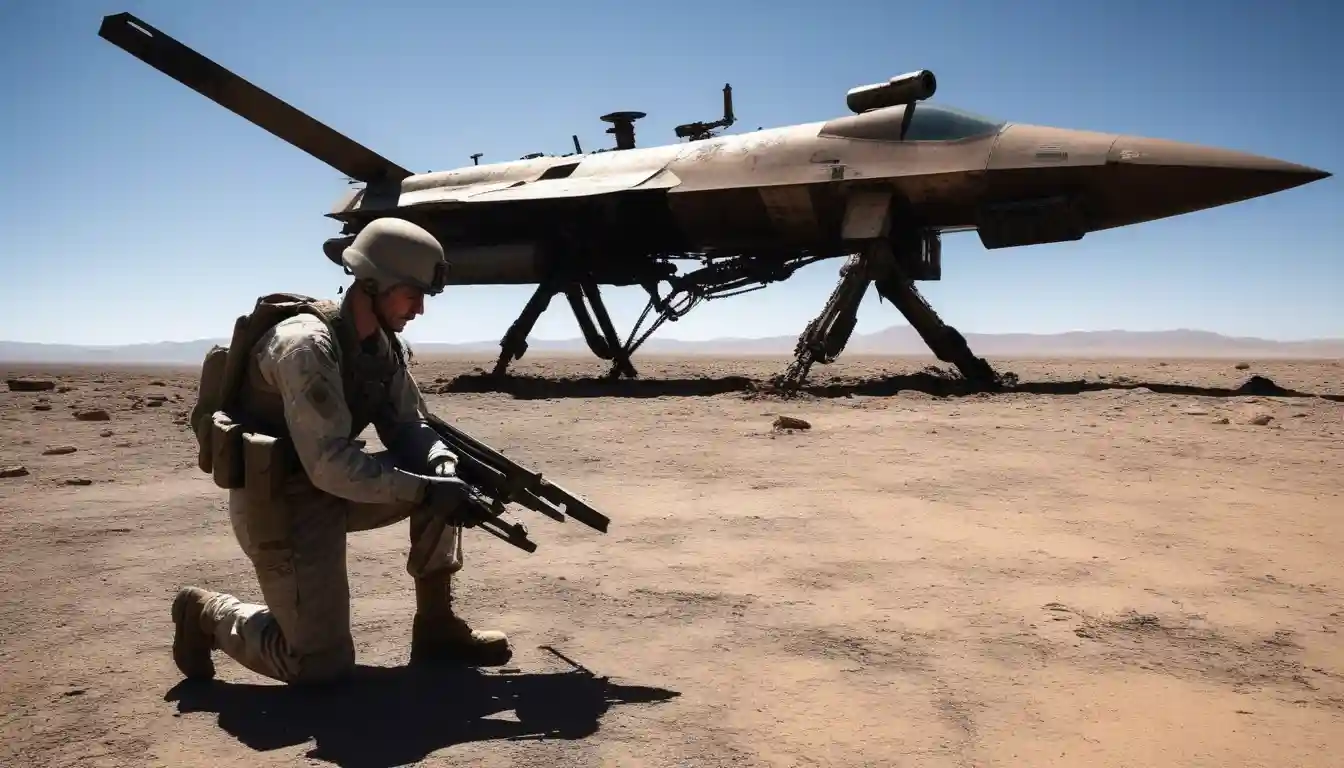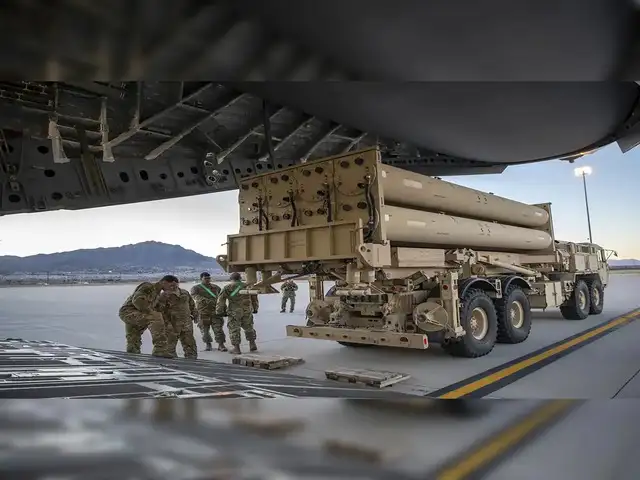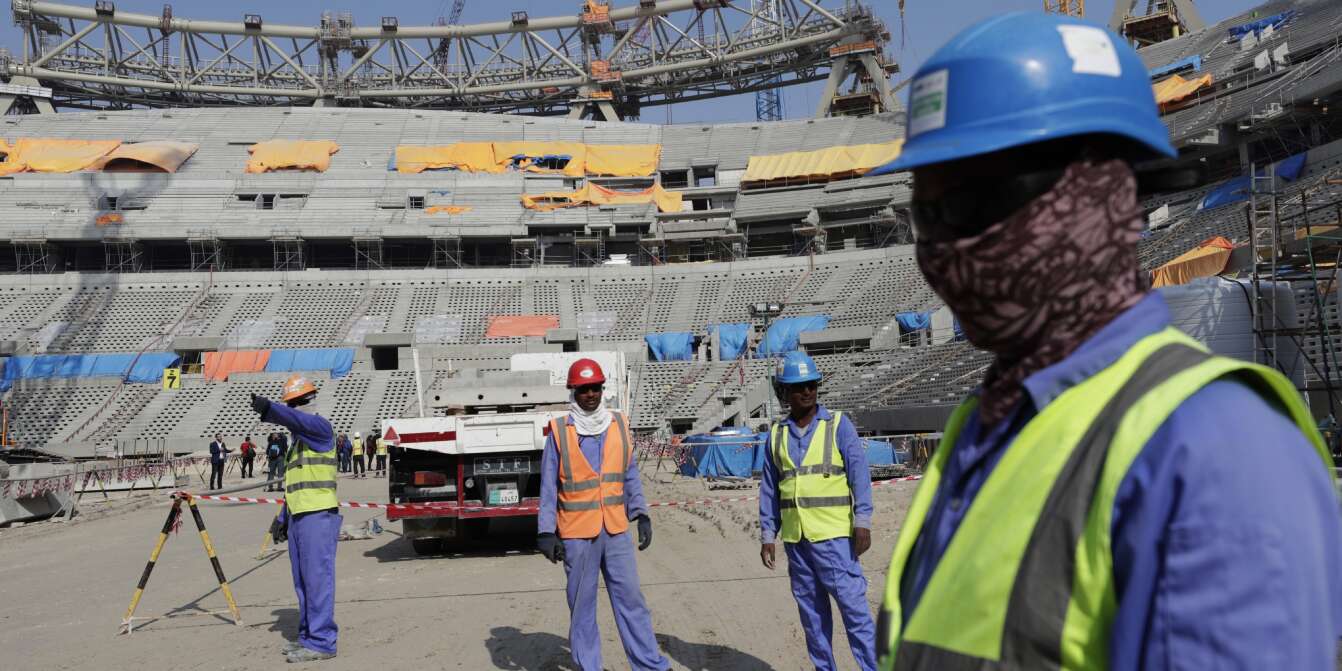
Gulf States' Advanced Defense Systems Prove Ineffective Due to Poor Maintenance and Training Despite Massive Military Spending
Gulf States' $100 Billion Defense Gamble: Why Advanced Weapons Systems Fail When It Matters Most
Structural failures in infrastructure projects reveal critical vulnerabilities in regional air defense capabilities, creating new investment opportunities in military sustainment services
Across the gleaming capitals of the Gulf Cooperation Council, billions of dollars in sophisticated defense systems stand ready to counter regional threats. Yet beneath the veneer of military modernization lies a troubling reality: the same operational deficiencies plaguing civilian infrastructure projects are systematically undermining the region's defensive capabilities.
Defense spending by Gulf Cooperation Council (GCC) countries over the past decade, showing significant investment in military hardware.
| Item | 2015 peak/level | 2024 level/trend | Hardware/structure signal |
|---|---|---|---|
| Saudi Arabia | ~87.2B USD peak, top global spender | 80.3B USD; +1.5% YoY; 7th globally; burden ~7.3% GDP (down from ~13% in 2015) | Large fighter, missile defense, and armored procurement |
| United Arab Emirates | Second-largest GCC spender; record outlay ~2016 | Continued high spending with major aircraft and weapons orders | Active procurement pipelines, advanced aviation focus |
| Kuwait | — | 7.8B USD; burden ~4.8% GDP | Maintained procurement despite oil cycles |
| Oman | — | Burden ~5.6% GDP, among highest globally | Sustained allocations to conventional forces |
| Qatar | — | High baseline spend; upward trend to 2024 | Acquisitions of advanced platforms in 2010s–2020s |
| Bahrain | — | Smaller absolute outlays; rising with regional trend | Targeted upgrades and systems purchases |
| GCC aggregate | ~130B USD mid-2010s; strong procurement | Middle East total 243B USD in 2024 (+15% YoY, +19% vs. 2015) | Emphasis on high-end hardware (fighters, missile defense, armor) |
| Data coverage | SIPRI provides time series (1949–2024) | Latest estimates, burdens, and rankings available | Enables decade and burden analysis |
An examination of construction and energy sector practices in Qatar, Kuwait, and Saudi Arabia reveals endemic issues that directly translate into defense vulnerabilities—creating blind spots that could prove catastrophic during rapid-strike scenarios while simultaneously opening lucrative investment opportunities for companies specializing in military sustainment services.

When Cranes Fall and Radars Fail
In Qatar's construction boom, safety regulations exist largely on paper. Migrant workers routinely operate without basic protective equipment while performing high-risk tasks, with local supervisors deflecting responsibility to Western contractors. Following fatal crane accidents, local managers dismissed safety improvements, arguing that casualties only mattered when citizens—not migrant workers—were affected.

This cavalier attitude toward operational standards extends far beyond construction sites. The same management culture that tolerates unsafe crane operations directly impacts how sophisticated radar installations and missile defense batteries are maintained and operated.
"When you see systematic neglect of basic safety protocols in civilian projects, you're looking at the same institutional weaknesses that will compromise military readiness," said one regional defense analyst who requested anonymity due to the sensitivity of the topic.
The Maintenance Mirage
Kuwait's infrastructure sector exemplifies the planning chaos that undermines complex systems. Construction sites are frequently relocated overnight due to poor planning, with sewage pipelines inadvertently laid near royal residences—demonstrating a fundamental lack of risk assessment capabilities.
In Saudi Arabia, the absence of pipeline maintenance has created widespread hazardous gas leaks. Rather than address systemic maintenance failures, engineers who raised safety concerns were dismissed. The eventual solution—dismantling and replacing entire pipeline systems at enormous cost—illustrates a preference for expensive reactive measures over preventive maintenance.
This maintenance philosophy proves particularly dangerous when applied to defense systems. Radar networks require constant calibration, missile batteries need regular testing, and command systems demand continuous updates. Without institutional commitment to preventive maintenance, even the most advanced systems degrade rapidly.
The Speed-vs-Structure Dilemma
Israel's military doctrine emphasizes rapid, multi-axis strikes designed to overwhelm defensive systems within minutes. Effective defense requires fully integrated radar networks, operators capable of immediate threat interpretation, and missile batteries maintained at constant readiness.

However, the structural problems identified in Gulf infrastructure projects create systematic vulnerabilities. Radar coverage may fail to detect incoming threats due to poorly maintained equipment or inadequately trained operators. Command structures may hesitate or shift responsibility during critical moments, allowing strikes to succeed before defensive measures activate.
"The capability gap isn't about having the right hardware—it's about operational reliability when seconds count," explained a former military systems integrator familiar with regional defense procurement.
Following the Money Trail
These operational deficiencies are reshaping defense investment opportunities. Traditional hardware sales—focused on delivering advanced systems—are giving way to service-based models that guarantee operational readiness.
Performance-based logistics contracts, which tie payments to actual system availability rather than equipment delivery, are emerging as the new standard. Companies that can maintain 85% or higher mission-capable rates across their installed systems command premium pricing and long-term revenue streams.
Performance-Based Logistics (PBL) is an outcome-based support strategy, predominantly used in defense contracts, where providers are incentivized to achieve specific system performance targets rather than simply supplying parts or services. This approach shifts the focus to ensuring desired military sustainment outcomes and equipment readiness.
The integration sector presents particularly attractive opportunities. Gulf states operate mixed fleets of American, European, and Asian defense systems that rarely communicate effectively. Specialized firms capable of creating seamless sensor fusion and data translation layers are positioned for sustained growth.
The Automation Advantage
Smart investors are backing companies that design systems to function despite operational shortcomings. Self-diagnosing equipment, automated maintenance alerts, and remote monitoring capabilities reduce dependence on local technical expertise while maintaining performance standards.
Counter-drone systems represent an especially promising segment. These require less complex integration than traditional air defense networks while offering measurable security improvements. The recurring revenue model—combining sensors, software updates, and threat intelligence—creates predictable cash flows attractive to institutional investors.
Digital sustainment platforms that use condition-based maintenance and predictive analytics are commanding high valuations. These systems reduce maintenance costs while improving reliability—addressing the Gulf states' institutional weaknesses through technological solutions.
Condition-Based Maintenance (CBM) optimizes asset upkeep by performing maintenance only when actual equipment condition indicates a need, rather than on fixed schedules. This approach leverages real-time sensor data and predictive analytics to monitor asset health, forecast potential failures, and determine optimal service times. CBM significantly differs from preventive maintenance by ensuring resources are deployed efficiently, reducing unnecessary interventions and maximizing operational availability.
Regional Investment Landscape
Qatar and the UAE show the highest receptivity to availability-based contracts and digital sustainment models, making them ideal markets for testing new service approaches. Saudi Arabia offers the largest opportunities but requires joint venture structures with local partners—adding complexity while providing access to substantial defense budgets.
Smaller Gulf states present opportunities for modular systems and turnkey support packages that don't require extensive local technical infrastructure.
Market Indicators to Watch
Successful defense service companies in the region report mission-capable rates above 80%, mean time between failures exceeding manufacturer specifications, and preventive maintenance comprising over 70% of total maintenance activities. Companies falling short of these benchmarks struggle to retain contracts and face pricing pressure.
"Mission-Capable Rates" quantify the percentage of time military assets, such as aircraft or vehicles, are available to perform at least one of their assigned missions, making it a critical measure of military readiness. This metric differs from "Full Mission Capable," which indicates an asset's readiness for all its designated missions.
The shift from capital expenditure to service spending is accelerating. Industry sources indicate that sustainment spending is growing at twice the rate of hardware procurement, creating sustainable revenue streams less dependent on political procurement cycles.
GCC defense spending is projected to grow steadily through 2030, with sustainment and services (MRO, training, logistics) outpacing hardware procurement as localization mandates, fleet complexity, and domestic champions shift the market mix.
| Theme | Key Points | Figures / Forecasts |
|---|---|---|
| Overall GCC Defense Spending | Mid-single digit growth through 2030; procurement momentum plus rising sustainment needs | USD 41.9B (2025) → USD 54.7B (2030); ~5–6% CAGR |
| Aerospace Sustainment (MRO) | Fastest-growing segment; shift to availability/capability-based contracts, local service centers | USD 3.7B (2025) → USD 7.3B (2030); ~14–15% CAGR |
| Drivers of Sustainment Growth | - Localization mandates: 50% local by 2030 (from ~5% in 2018) - Fleet complexity: advanced platforms drive higher lifecycle costs - Local champions: EDGE, SAMI scaling MRO/services | Target: ~USD 30B/yr of localized products & services by 2030 |
| Hardware Procurement Outlook | Air domain strong: aircraft & missile defense pipelines remain robust; lifecycle tails expand sustainment | Examples: A330 MRTT/A400M talks (Saudi), F-16 Block 70 (Bahrain), KM-SAM II (Saudi) |
| Sustainment vs Hardware Mix | Sustainment outpaces topline market growth (~2.5x faster); services gain larger share of total spend | MRO CAGR ~14.5% vs defense CAGR ~5.5% |
| Market Implications | - More long-term availability-based contracts - Procurement shaped by localization filters - Growth opportunities in aerospace MRO, training, simulation, digital sustainment | Positioning critical in KSA & UAE ecosystems |
Looking Forward
The operational challenges facing Gulf state defense systems reflect deeper institutional issues that technology alone cannot solve. However, this creates opportunities for companies that understand how to design resilience into their products and service models.
Investment strategies should focus on firms offering guaranteed availability rather than advanced capabilities, integration services that work across vendor ecosystems, and automated systems that reduce dependence on human operators. The companies that succeed will be those that acknowledge—and design around—the operational realities of their customer base.
As regional security challenges intensify, the premium on reliable, maintainable defense systems will only increase. The question for investors is whether to bet on the traditional model of selling advanced hardware or the emerging paradigm of guaranteeing defensive capability—regardless of local operational limitations.
Readers should consult qualified financial advisors before making investment decisions. Past performance does not guarantee future results, and all investments carry inherent risks.